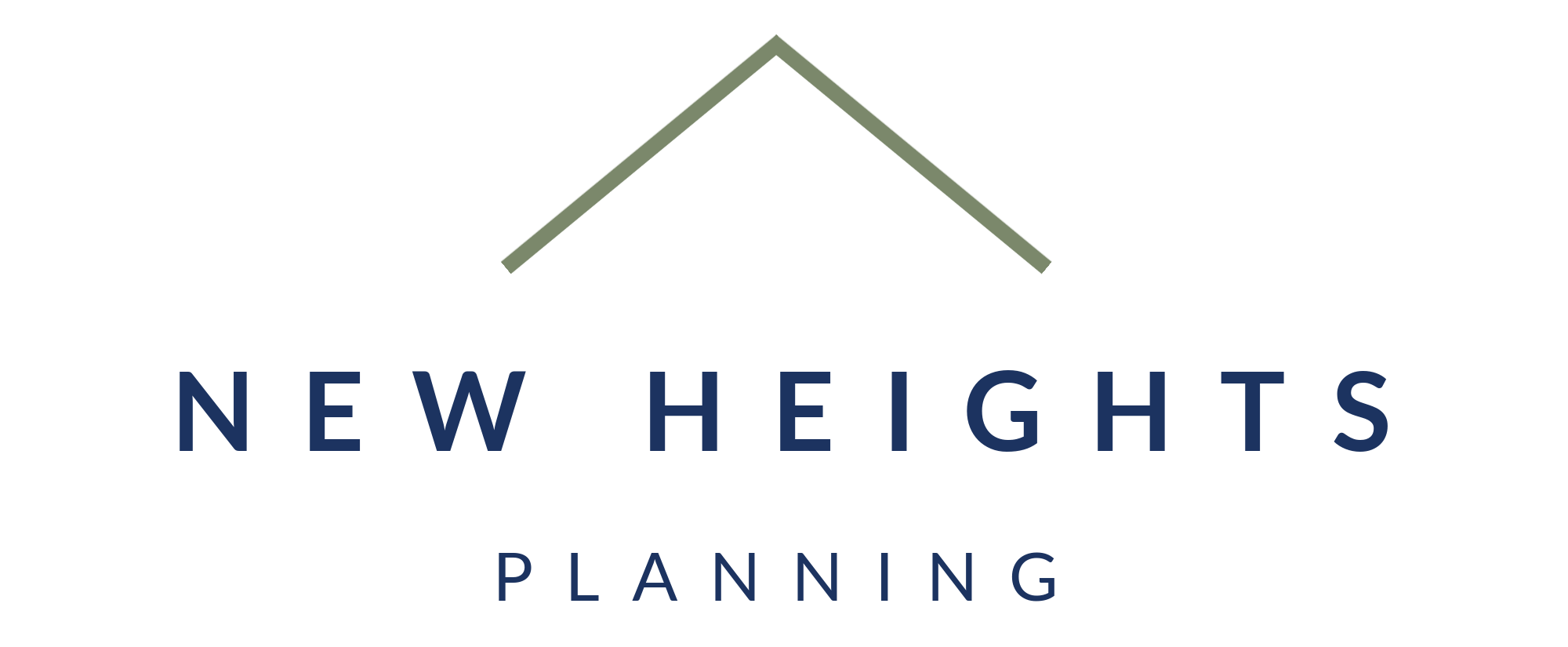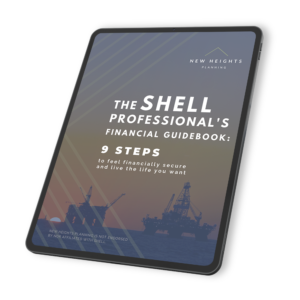FIRE for Shell Employees, Part 2
FIRE for Shell Employees, Part 2
FIRE for Shell Employees, Part 2 provides a high-level overview of savings and withdrawal strategies. Click here to watch FIRE for Shell Employees, Part 1.
Full Transcript:
In my last video, I introduced the concept of FIRE and explained how you can calculate your F – I number. Today, I’ll go over savings and withdrawal strategies for Shell employees that want to reach financial independence, and retire early.
Let’s start with the end in mind. In the previous example, you wanted to be able to withdraw $96,000 a year from your portfolio and not get hammered with taxes and penalties. Today, we’ll go over the different tax treatments for each bucket of money. We’re going to assume that these are early withdrawals, meaning you are not currently 59 and a half. And we’re also going to assume that you retired before the age of 55.
Let’s start with your pretax 401(k). Within your pretax 401(k), all withdrawals are subject to ordinary income tax of 10% to 37%. Additionally, you’ll get hit with a 10% early withdrawal penalty. This is not the place you want to start withdrawing money from.
Next, let’s talk about your Roth IRA. Withdrawals of earnings out of your Roth IRA will also be hit with ordinary income and the early withdrawal penalty. However, you can take your contributions and your conversions out early, as long as your conversions are greater than five years ago. By doing this, you will not pay a penalty or income taxes. This is a great place to be able to get some money, but make sure you don’t deplete this bucket too quickly.
Your Roth 401(k) has a lot of similarities to your Roth IRA, but there are some differences. One key difference is that you can’t withdraw only the contributions and conversions from your Roth 401(k). When you pull money from your 401(k), the IRS looks at the entire balance and then calculates a pro-rata amount. In that case, you will be taxed the ordinary income rates and pay the 10% penalty on early withdraws. So pulling money out early from your Roth 401(k) is not something you want to do.
However, one option to fill your Roth IRA bucket is to do direct rollovers from your Roth 401(k) to your Roth IRA, giving you more flexibility. Another option to fill your Roth IRA bucket is to do rollovers and conversions from your pretax 401(k) after you’ve left Shell. One important note about this is that is a taxable event, so make sure you’re doing it in small chunks, and you review with your tax professional how it impacts your entire tax picture.
Next, let’s talk about your taxable brokerage account. The taxable brokerage account has two types of tax treatments. There are short-term capital gains and long-term capital gains. Short-term capital gains are for investments that have been held one year or less. They are taxed at ordinary income rates. Again, not a place that you want to pull money from.
Once you’ve held an investment for greater than one year, it qualifies for long-term capital gains. With long-term capital gains, It’s a much more favorable tax bracket, ranging from 0 to 23.8%. This is definitely an area that you want to consider drawing money from. The 0% tax bracket is something that is not commonly talked about. If you’re an early retirement and your income has drastically gone down, you can get money out of your taxable brokerage account, pay zero taxes as long as your taxable income stays below $80,000 and you file married filing jointly.
Last, let’s talk about cash in the bank. When you pull cash out of the bank, there’s no taxes. So this is a great place to get your money from, especially if you’ve got a severance when leaving Shell. One note about cash in the bank, the downside is, of course, it’s not really growing much. So make sure you don’t have too much in there relative to the rest of your investments.
Okay, now that we’ve talked about how to withdraw money, let’s talk about some strategies that you can do now. First and foremost, make sure you hit your target, calculate your F-I number as talked about in the previous video, and then track your progress towards it each year.
Second, make sure you fill up your Roth IRA bucket. You want to do this often and early because of this five-year conversion limit. Two ways to do that are your back door Roth IRAs, and for Shell employees, doing a mega back door Roth IRA utilizing the Shell 401(k).
And lastly, make sure you don’t forget to fill up your taxable bucket. You definitely want to prioritize IRAs and 401(k)’s first because of their tax advantages. However, your taxable brokerage account has two other advantages. One, it provides flexibility which is very valuable. And two, there’s no contribution limit on it. You can put as much as you want at any given year.
Now, one last part to talk about regarding financial independence and early retirement. Too often, people come to me and say, I really want to leave my current job. I encourage you not to run from your current job. Make sure you are running to something. What gives you passion? What gives you joy?
If you want to reach financial independence, shoot me a note and let me help guide you there.



